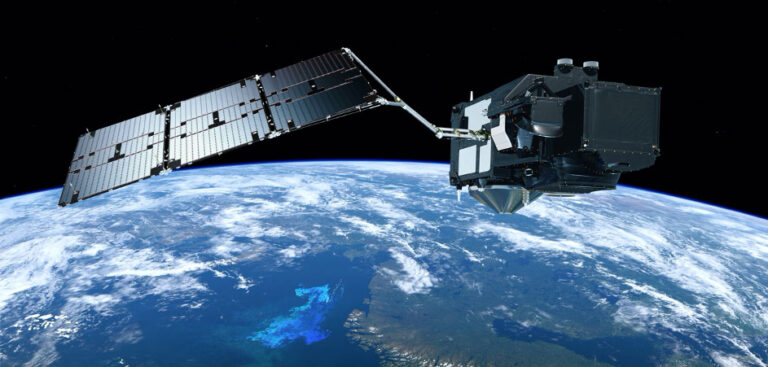Researchers at the Alfred Wegener Institute are using satellite data to observe phytoplankton in the ocean.
Using the algorithms, studying the phytoplankton can identify toxic algal blooms and assess the effects of global warming on marine plankton, providing information on water quality.
Phytoplankton create half the oxygen we breathe using photosynthesis to produce carbohydrate, which they use as an energy source.
They grow, divide and produce biomass, and are an essential food source for small crustaceans, fish and mussel larvae, which themselves are staples for larger fish.
Marine phytoplankton are an important CO2 sink, so researchers are keen to learn how the different groups are developing around the world.
Previous studies collected water samples on research vessels or used satellites to scan the oceans, and although this could give indications of the general concentration of phytoplankton, it struggled to distinguish between the different types.
The team, led by Hongyan Xi and Astrid Bracher from the Alfred Wegener Institute for Polar and Marine Research, gleaned far more information from satellite data.
They worked with ACRI-ST with the support of European-based satellite data provider Copernicus Marine Environment Monitoring Service to develop an algorithm to distil the data into key information on five main phytoplankton.
Satellite sensors register light at various wavelengths, but the researchers analyzed an aspect known as reflectance representing the amount of sunlight striking Earth that is reflected back into space.
The reflection is due to numerous optical processes with light being scattered, bent and altered by water molecules and particles in the ocean and atmosphere.
Xi said, “The plankton, which itself contains certain pigments, has an influence on the reflectance. The reflectance can differ, depending on which types of plankton and which pigments are dominant in the water.”
The research can determine which types of phytoplankton are dominant in any given marine region, helping identify toxic harmful algal blooms and indicate water quality.
Xi said, “In the future, we’ll be able to determine whether or not the distribution of phytoplankton is affected by climate change – an important aspect in terms of predicting the impacts on ecosystems.”



